Foundation Year
The English curriculum is built around the three interrelated strands of language, literature and literacy. Teaching and learning programs should balance and integrate all three strands. Together, the three strands focus on developing students' knowledge, understanding and skills in listening, reading, viewing, speaking, writing and creating. Learning in English builds on concepts, skills and processes developed in earlier years, and teachers will develop and strengthen these as needed.
In the Foundation year, students communicate with peers, teachers, known adults and students from other classes.
Students engage with a variety of texts for enjoyment. They listen to, read and view spoken, written and multimodal texts in which the primary purpose is to entertain, as well as some texts designed to inform. These include traditional oral texts, picture books, various types of stories, rhyming verse, poetry, non-fiction, film, multimodal texts and dramatic performances. They participate in shared reading, viewing and storytelling using a range of literary texts, and recognise the entertaining nature of literature.
The range of literary texts for Foundation to Year 10 comprises Australian literature, including the oral narrative traditions of Aboriginal and Torres Strait Islander Peoples, as well as the contemporary literature of these two cultural groups, and classic and contemporary world literature, including texts from and about Asia. Literary texts that support and extend Foundation students as beginner readers include decodable and predictable texts that range from caption books to books with one or more sentences per page. These texts involve straightforward sequences of events and everyday happenings with recognisable, realistic or imaginary characters. Informative texts present a small amount of new content about familiar topics of interest; a small range of language features, including simple and compound sentences; mostly familiar vocabulary, known, high-frequency words and single-syllable words that can be decoded phonically, and illustrations that strongly support the printed text.
Students create a range of imaginative, informative and persuasive texts including pictorial representations, short statements, performances, recounts and poetry.
(source: www.australiancurriculum.edu.au)
Achievement Standard
Receptive modes (listening, reading and viewing)
By the end of the Foundation year, students use predicting and questioning strategies to make meaning from texts. They recall one or two events from texts with familiar topics. They understand that there are different types of texts and that these can have similar characteristics. They identify connections between texts and their personal experience.
They read short, decodable and predictable texts with familiar vocabulary and supportive images, drawing on their developing knowledge of concepts of print, sounds and letters and decoding and self-monitoring strategies. They recognise the letters of the English alphabet, in upper and lower case and know and use the most common sounds represented by most letters. They read high-frequency words and blend sounds orally to read consonant-vowel-consonant words. They use appropriate interaction skills to listen and respond to others in a familiar environment. They listen for rhyme, letter patterns and sounds in words.
Productive modes (speaking, writing and creating)
Students understand that their texts can reflect their own experiences. They identify and describe likes and dislikes about familiar texts, objects, characters and events.
In informal group and whole class settings, students communicate clearly. They retell events and experiences with peers and known adults. They identify and use rhyme, and orally blend and segment sounds in words. When writing, students use familiar words and phrases and images to convey ideas. Their writing shows evidence of letter and sound knowledge, beginning writing behaviours and experimentation with capital letters and full stops. They correctly form known upper- and lower-case letters.
(source: www.australiancurriculum.edu.au)
- Plus Plan
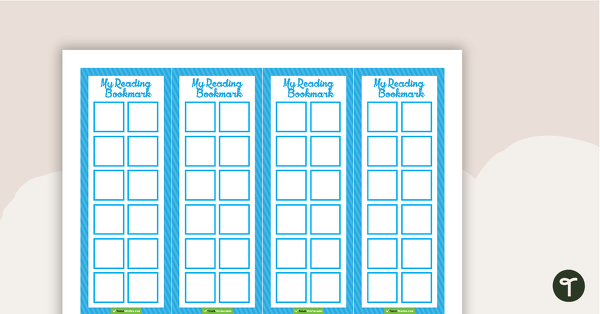
My Reading Bookmark
Bookmarks to encourage your students to read on their own.
- Plus Plan
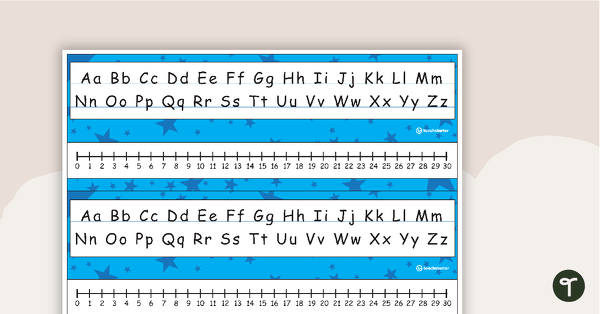
Desk Plate Alphabet and Number Line - No Name - 0-30 - Stars - Mixed Colours
Desk Plates with the alphabet and 0-30 number line.
- Plus Plan
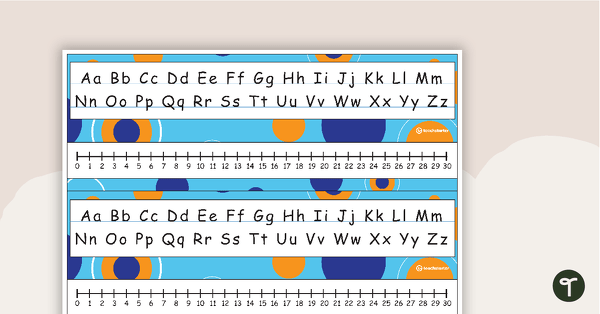
Desk Plate Alphabet and Number Line - No Name - 0-30 - Spots - Mixed Colours
Desk Plates with the alphabet and 0-30 number line.
- Plus Plan
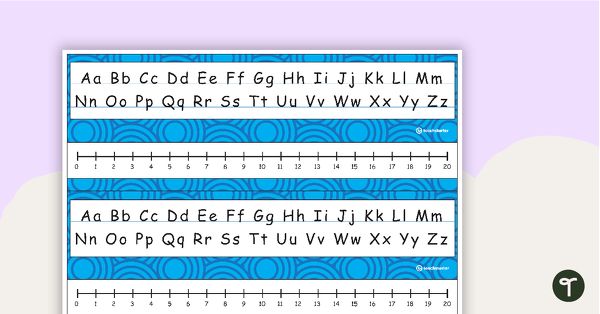
Desk Plate Alphabet and Number Line - No Name - 0-20 - Swirls - Mixed Colours
Desk Plates with the alphabet and 0-20 number line.
- Plus Plan
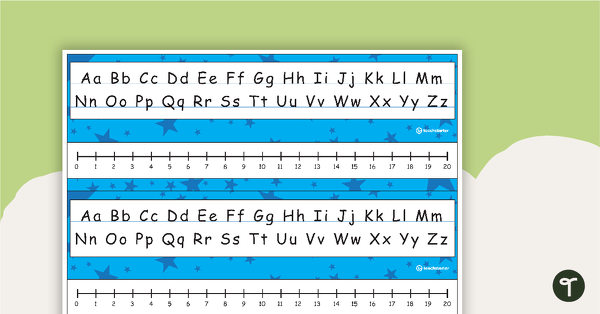
Desk Plate Alphabet and Number Line - No Name - 0-20 - Stars - Mixed Colours
Desk Plates with the alphabet and 0-20 number line.
- Plus Plan

Desk Plate Alphabet and Number Line - No Name - 0-20 - Spots - Mixed Colours
Desk Plates with the alphabet and 0-20 number line.
- Plus Plan
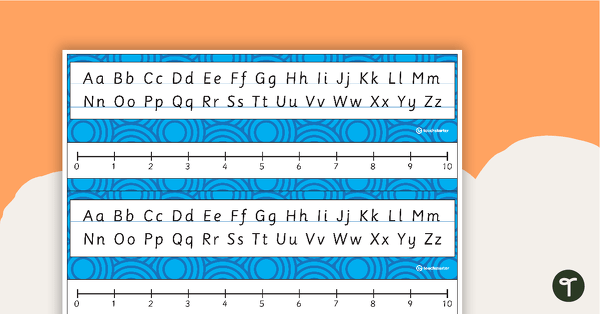
Desk Plate Alphabet and Number Line - No Name - 0-10 - Swirls - Mixed Colours
Desk Plates with the alphabet and 0-20 number line.
- Plus Plan
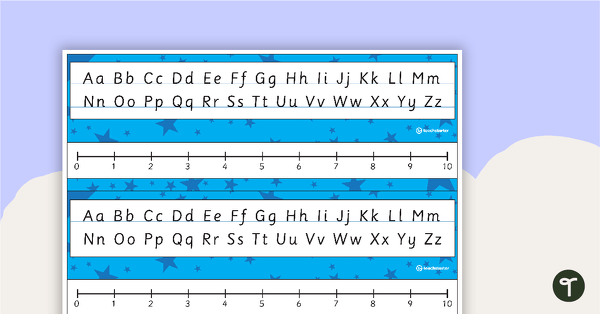
Desk Plate Alphabet and Number Line - No Name - 0-10 - Stars - Mixed Colours
Desk Plates with the alphabet and 0-10 number line.
- Plus Plan
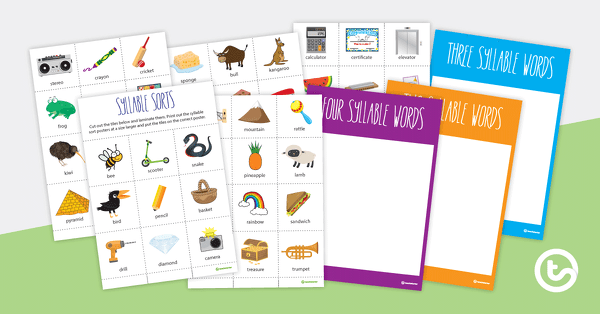
Syllable Game
A simple game for students to work out the number of syllables in common words.
- Plus Plan
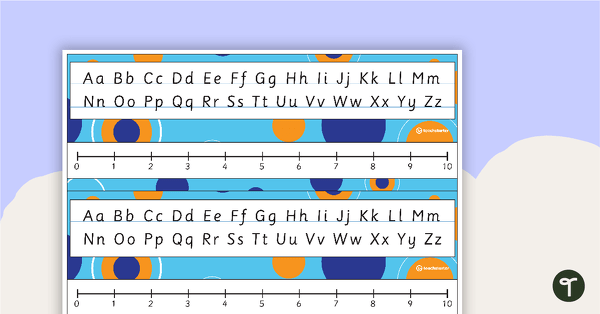
Desk Plate Alphabet and Number Line - No Name - 0-10 - Spots - Mixed Colours
Desk Plates with the alphabet and 0-10 number line.
- Plus Plan
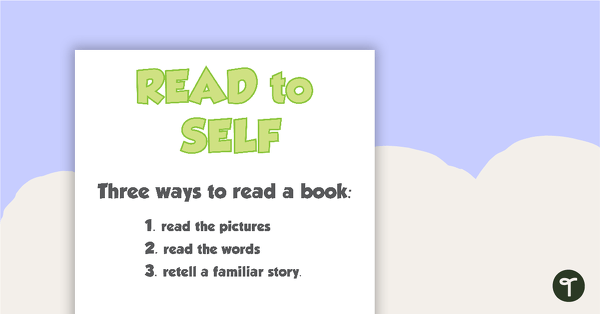
Literacy Tasks - Posters
5 Literacy Task posters and 1 Guide poster.
- Plus Plan
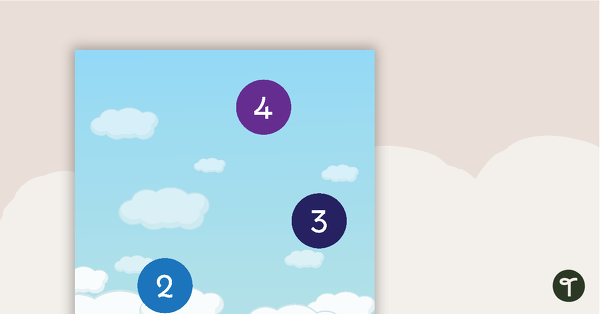
Class Reading Level Display 1-30 – Hot Air Balloons
A classroom display that allows students to see their current reading level and set their target reading level.
- Plus Plan
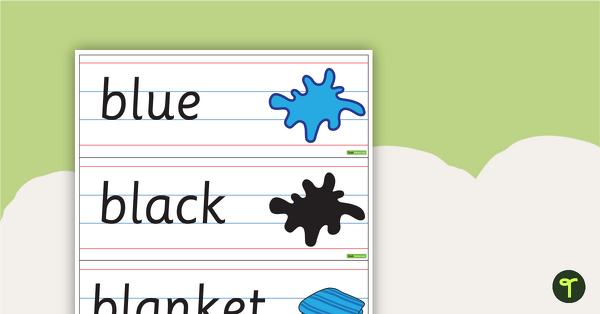
L Blend Word Wall Vocabulary
Thirty-two L blend vocabulary cards for a word wall.
- Plus Plan
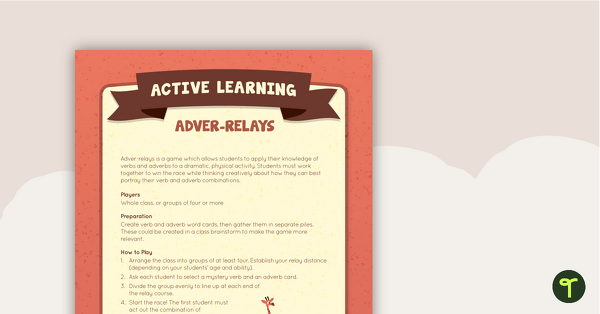
Adver-relays Active Learning Game
A whole class active game that encourages learning through a physical setting.
- Plus Plan
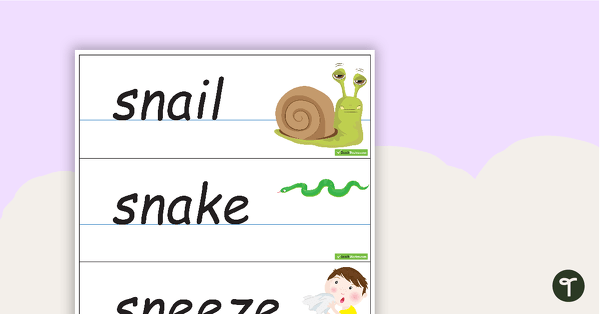
S Blend Word Wall Vocabulary
Sixty S blend vocabulary cards for a word wall.
- Plus Plan
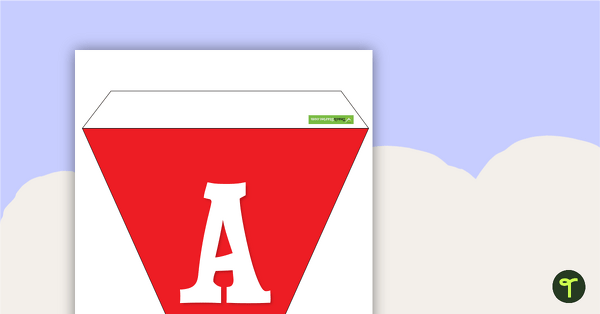
Large Rainbow Alphabet Flags - Uppercase
Colourful flags displaying the alphabet.
- Plus Plan
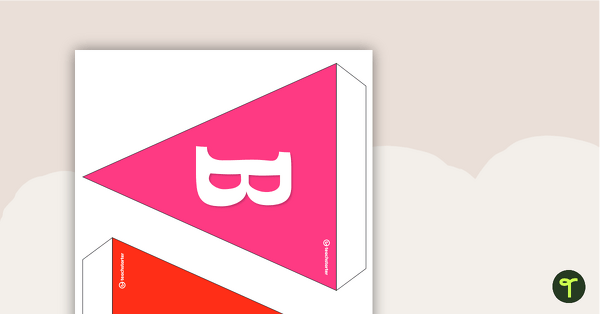
Mini Rainbow Alphabet Flags
Colourful flags displaying the alphabet.
- Plus Plan
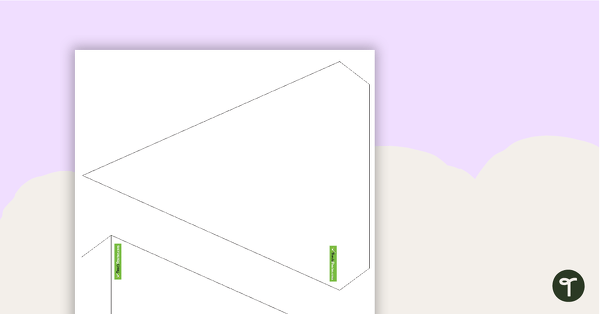
Blank Alphabet/Number Flags
Use these blank flags to decorate and display numbers or letters in your classroom.
- Plus Plan
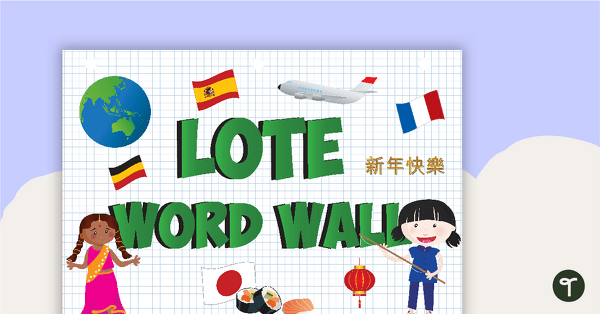
LOTE Word Wall Poster
Use this Word Wall Poster to identify LOTE vocabulary in your classroom.
- Plus Plan

Animal Alphabet Flags
Flags showing the alphabet and pictures of animals.
- Plus Plan
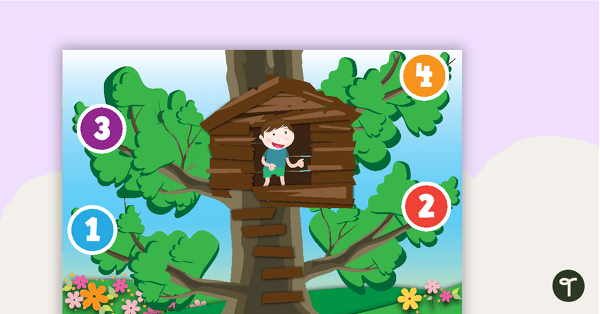
Class Reading Level Display 1-30
A classroom display that allows students to see their current reading level and set their target reading level.
- Plus Plan
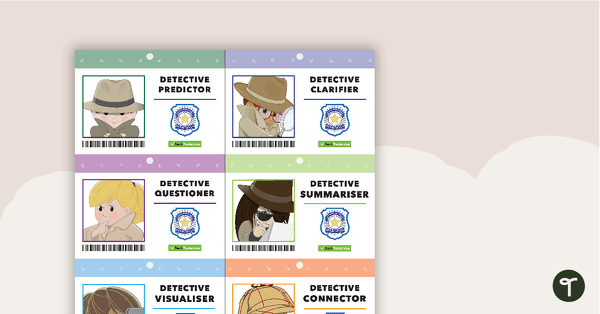
Reading Detectives Name Tags
8 colourful reading detective name tags to assign students during guided reading sessions.
- Plus Plan
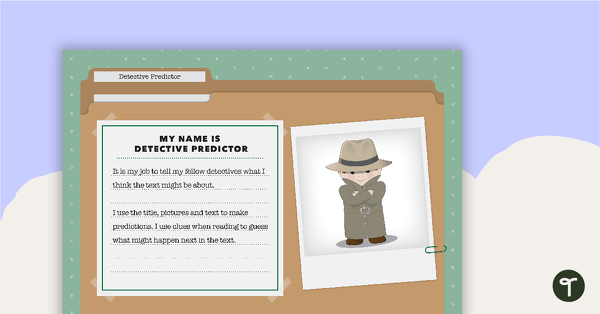
Reading Detectives Resource Pack
A 16 page resource pack including 8 detective roles to assign to students during guided reading sessions.
- Plus Plan
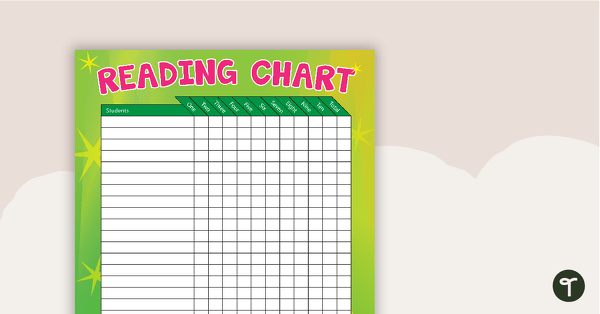
Student Reading Chart
A chart to record the number of books your students have read.
- Plus Plan
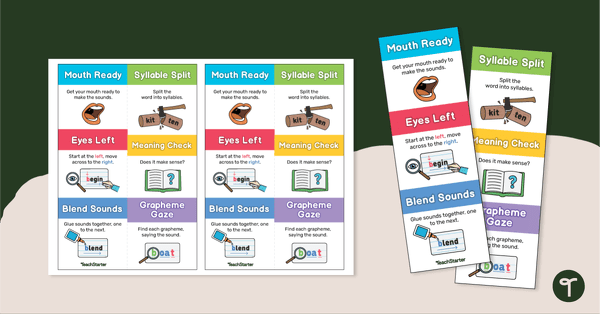
Reading Strategy Bookmark
A double-sided bookmark to remind your students of the different reading strategies.
- Plus Plan
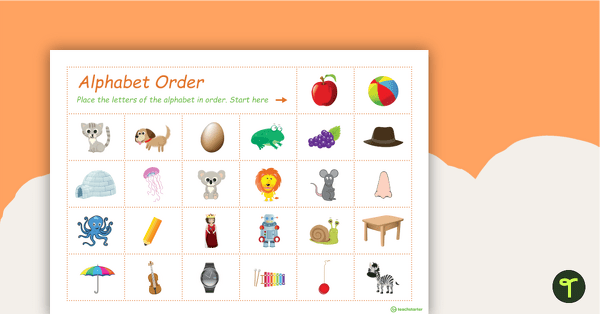
Alphabet Order Activity
A fun match-up activity to help teach children the alphabet, letters and sounds.
- Plus Plan

Desk Plate Alphabet and Number Line with Pictures - 0-30
Desk Plates with the alphabet, pictures and 0-30 number line.
- Plus Plan
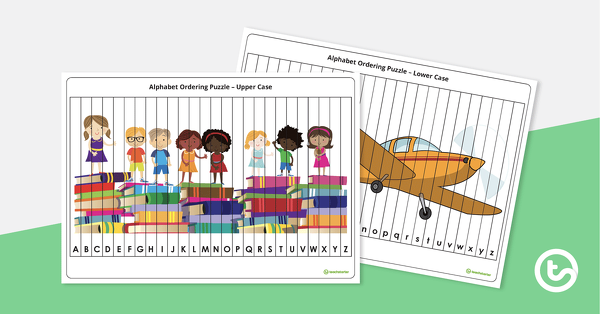
Alphabet Ordering Puzzles
A fun and engaging set of alphabet puzzles.
- Plus Plan
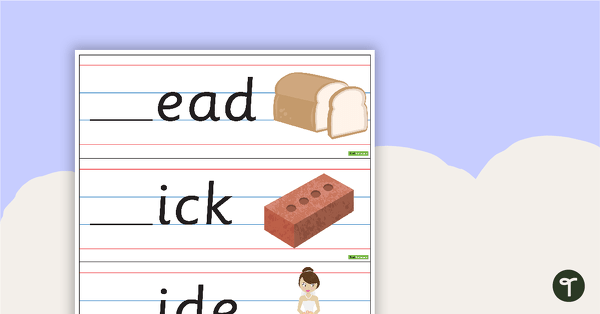
Initial R Blend Cards
A resource to help students identify the R blend at the beginning of a word.
- Plus Plan
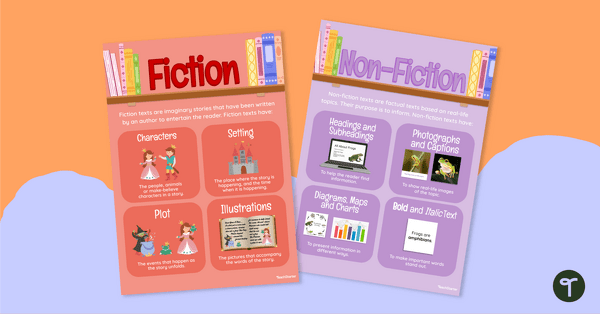
Fiction vs Non-Fiction Posters
Teach students the difference between fiction and non-fiction with this set of two classroom posters perfect for early years classrooms.
- Plus Plan
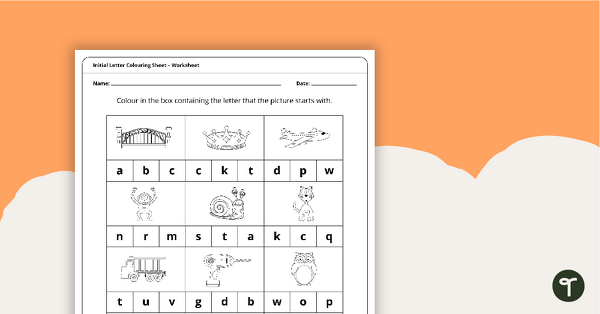
Initial Letter Colouring Worksheet
Identify the first letter for each picture and then colour it in.
- Plus Plan
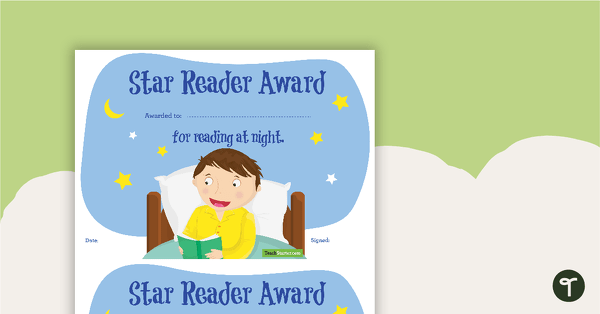
Reading at Night Certificate
Give positive feedback to your students for reading at night with this certificate.